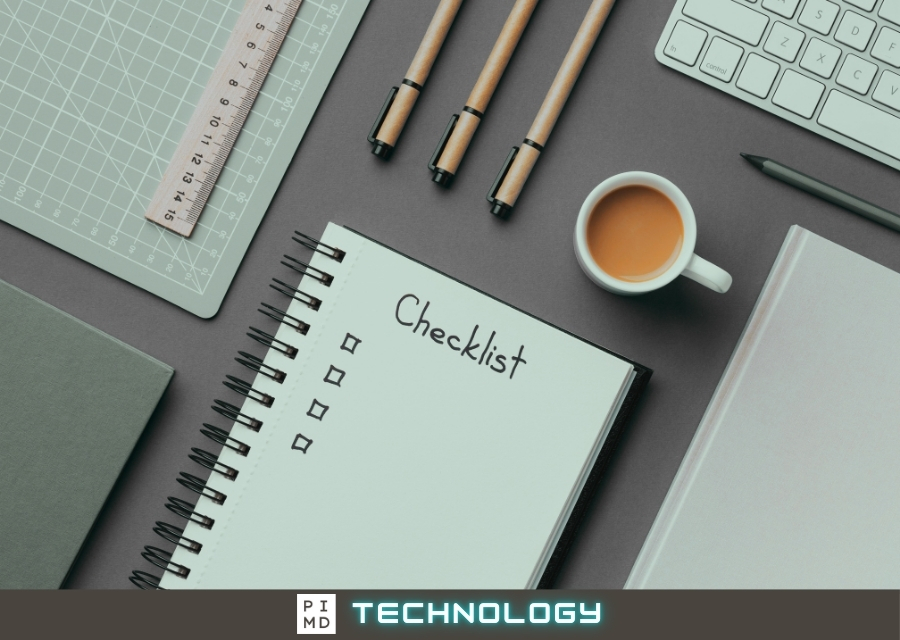Lesson plans can serve as roadmaps, guiding your students on a learning adventure! To ensure everyone reaches the destination, it’s important to start with a clear direction, which is where standards come in. Whether you’re using national, state, local, or even individualized standards like those in IEPs, aligning your lessons with these guidelines helps you […] The post A Checklist for Aligning Standards and Defining the Purpose of Your Lesson appeared first on Teaching Channel.
Lesson plans can serve as roadmaps, guiding your students on a learning adventure! To ensure everyone reaches the destination, it’s important to start with a clear direction, which is where standards come in. Whether you’re using national, state, local, or even individualized standards like those in IEPs, aligning your lessons with these guidelines helps you stay focused and purposeful in your teaching.
Then, take a moment to review your learning goals, how you’ll know your students have reached those goals (that’s where assessments come in!), and the exciting activities you’ll do along the way. This thoughtful planning ensures you’re checking in with students to make sure they are learning what they need to know.
Once you have a clear picture of your purpose and alignment with standards, you can design an engaging and effective lesson plan. Make sure you have all the essential elements, like clear learning objectives, engaging activities, and a variety of assessments to help your students shine. We’ve even included a handy checklist to help!

Ready to create engaging, standards-aligned lessons with ease? Keep reading for all the tips and tricks, or download the checklist as a handy PDF to guide your planning anytime!
Effective Lesson Checklist
Materials
- What do your students need to learn and complete the assessment? What do you, as the facilitator of learning, need to implement the lesson?
Multimodal Resources (written in student-friendly language)
- Consider Universal Design for Learning (UDL) as you look for and/or design materials and multimodal resources.
- Evidence-based objectives or learning targets
- Introduction: Motivate and engage your learners using an anticipatory set for new topics. Consider starting with a video, an object, a question, or even a mistake analysis.
Step-by-Step Lesson Procedure
- Differentiation can be completed by considering (example questions below):
- Do students need multimodal resources to learn the information?
- Can the information be provided at different reading levels, or can visuals be added to increase understanding?
- Are there students who would benefit from the use of word prediction software to complete their assessment?
- Can class periods be broken up in a way that provides additional checks for understanding?
- Would students’ understanding of the content increase if the unit was thematic?
- What if you collaborated with another teacher?
- Does the topic lend itself to a certain time of the year?
- Do you provide choice in assessments to allow learners to show their learning in a way that works best for them?
- Can you provide a rubric for the product ahead of time, with an example and non-example for those who need them?
- Content
- Process
- Context
- Product (or Assessment)
- Conclusion: Revisit the learning target, consider an exit ticket, or ask a student or two to summarize the group’s learning.
- Debrief: Provide time for student reflection individually, in pairs or triads, and in the large group.
Additional tips:
- Provide enough detail so a substitute teacher or colleague could teach the lesson in your absence.
- Use evidence-based instructional methods shown to increase engagement. Try peer collaboration, technology or media, and/or movement.
- Consider differentiation and inclusion practices like the use of Universal Design for Learning or accommodations for English learners, students with disabilities, and students who benefit from enrichment.
About the Author

Betsy Butler (she/her) is a Professional Learning Specialist at Teaching Channel. She holds a B.A. in English, a Master’s in Education, and has been teaching since 1992. Betsy uses her three decades of teaching experience to write and revise our courses while selecting the perfect accompanying texts. Her specialty areas include ELA, special education topics, behavior management, and mental health.
Fun Fact: Betsy’s daily conquest is solving the New York Times crossword puzzle!
The post A Checklist for Aligning Standards and Defining the Purpose of Your Lesson appeared first on Teaching Channel.






